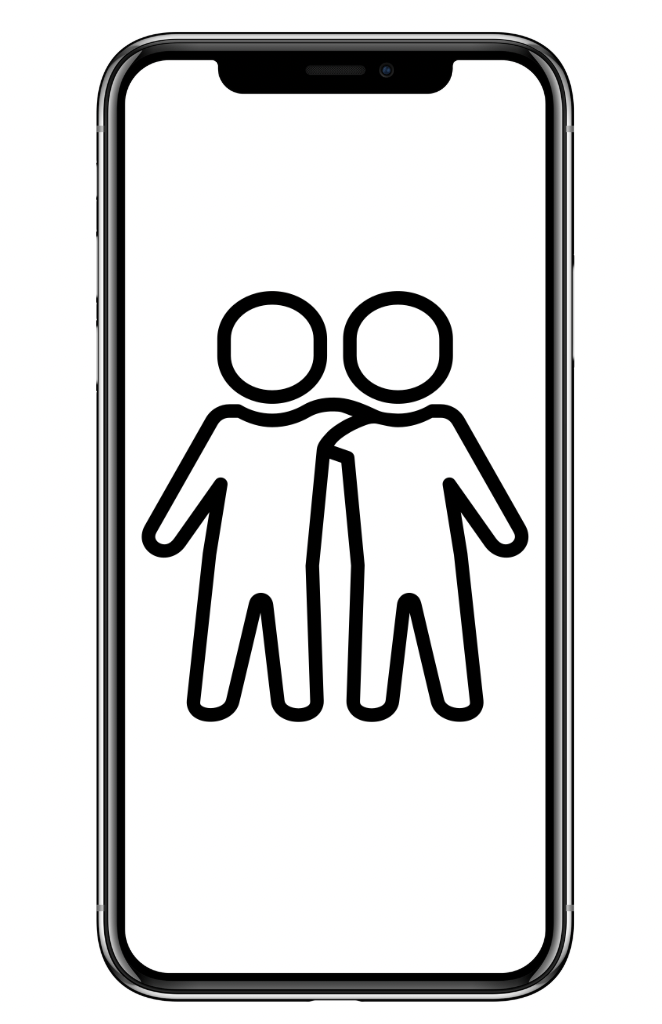In today’s world, friendships have moved far beyond face-to-face conversations. With phones in almost every hand, relationships now often live through screens filled with texts, posts and snaps. Technology has made it easier than ever to stay in touch, but it has also changed what it means to truly connect.
Many teens rely on texting and social media to keep their friendships strong. Apps like Instagram, Snapchat and TikTok allow people to share updates instantly, making it simple to stay in touch even when life gets busy. Online communication helps friends maintain contact across distances and time zones, offering comfort and support through messages and group chats.
But technology can also create distance in ways that are harder to see. Some friendships now revolve around maintaining streaks, likes or story views instead of having real conversations. People can talk constantly online yet still feel disconnected in person. The pressure to look perfect or keep up with others’ posts can make friendships feel more like a competition than a bond.
Technology also changes how people understand one another. Without facial expressions or tone, texts can easily be misread, leading to misunderstandings and unnecessary arguments. Constant notifications can cause stress, and social media can create feelings of jealousy or isolation, even among close friends. Also not to talk about the insane FOMO (fear of missing out) friends can get when they see their own “friends’” stories.
Still, technology isn’t all negative. It allows people to connect instantly, meet new friends and stay in touch when they might otherwise lose contact. The challenge is learning to balance online communication with real-life connection.
In the end, technology has both strengthened and strained friendships. It gives people more ways to reach out, but it also makes it easier to drift apart. Finding that balance between digital and personal connection is the key to keeping modern friendships real.



